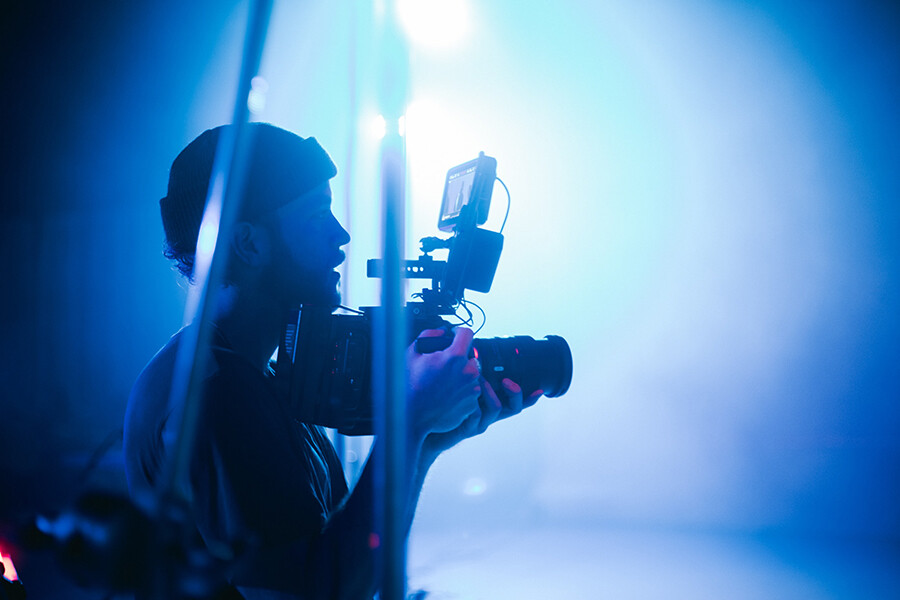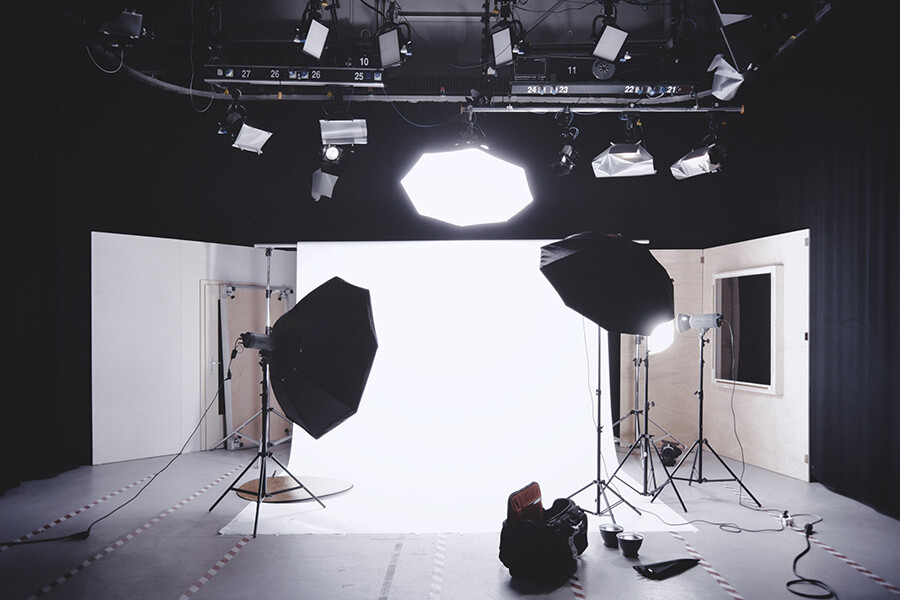- Accueil
- La recherche
- Mémoires et Travaux de fin d’études
- Mise en place d’une procédure de calibration pour un dispositif d’acquisition dédié aux techniques de reflectance transformation imaging
Mise en place d’une procédure de calibration pour un dispositif d’acquisition dédié aux techniques de reflectance transformation imaging
Auteur : Aurélien Vila
Directeur(s) de mémoire : Paul Bydlowski
Photographie
Résumé : Depuis les années 2000 et l’avènement du numérique, nombre de techniques nouvelles basées sur la photographie ont pu voir le jour. Ces dernières, repoussent les limites de l’image et donnent accès à des informations nouvelles, différentes des informations traditionnellement fournies par les capteurs imageurs. Parmi elles, les techniques de Reflectance Transformation Imaging (RTI) permettent de modéliser la fac¸ on dont un objet ou une scène interagit avec la lumière. Le produit de ces méthodes est une image en deux dimensions dont l’éclairage peut-être modifié à volonté par l’utilisateur. Dans le domaine du patrimoine, l’utilisation de ce type d’images s’est révélée intéressante. D’abord utilisées comme pratiques expérimentales, ces techniques tendent à se généraliser dans les musées et les institutions culturelles. En France et en Europe, bien qu’elles soient encore mal connues, quelques initiatives commencent à poindre. Comment fonctionnent ces techniques? Quelles sont leurs limites? Et comment peuvent-elles être dépassées ? Dans un premier temps, pour répondre à ces questions nous étudierons la théorie et la technologie sous-jacente à ces pratiques. Puis, dans un second temps, nous essayerons de mettre en place une méthode de calibration permettant d’améliorer leur rendu.
Mots-clés : Reflectance Transformation Imaging, Calibration, Numérisation patrimoniale, Photogrammétrie, dôme RTI
—
Abstract: Since the 2000s and rise of digital technologies, a lot of new techniques based on photography have seen the light of day. This has pushed the limits of the photography and given access to new types of data, different from the traditional data provided by imaging sensors. Among these, the Reflectance Transformation Imaging (RTI) techniques allow the way in which an object or a scene interacts with light to be modelised. The result of this method is a twodimensional picture in which the lighting can be manipulated ad libitum by the user. In the field of cultural heritage, the use of this kind of picture has proved interesting. Firstly used as an experimental application, they now tend to be generalized in museums and cultural institutions. In France and Europe, although these techniques are still actually poorly known, some initiatives have been taken. How do these techniques work? What are their limits? And how can they be overcome? Firstly, to answer these questions, we will study the theory and the techniques underlying these applications. Then we will try to design a calibration method to improve their rendering.
Keywords: Reflectance Transformation Imaging, Calibration, Digital Heritage, Photogrammetry, RTI dome



